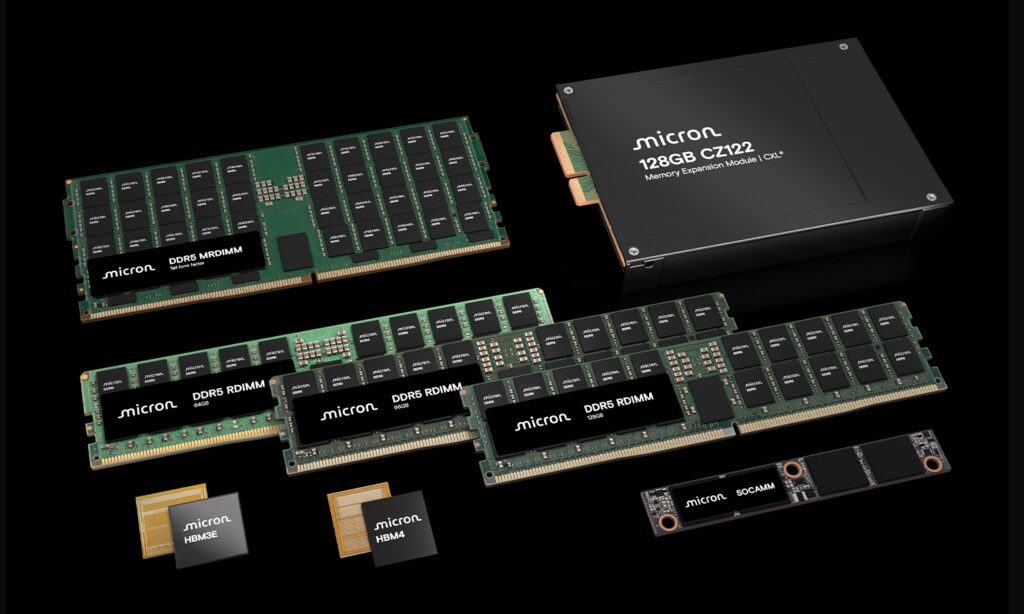Micron Technologies is moving forward with the construction of DRAM plants in the United States with an investment of approximately $50 billion.
Memory devices store information, and this segment includes dynamic random access memory (DRAM), a common and economical type of memory used for temporary storage of information in computers.
Headquartered in Boise, Idaho, Micron offers a wide range of high-performance DRAM, NAND, and NOR memory and storage products through its Micron and Crucia brands.
Its competition? Since the 1970s, South Korea‘s public-private partnership, led by the Electronics and Telecommunications Research Institute, has propelled Samsung and SK Hynix to leadership in semiconductors, supported by government ties and integrated conglomerates in segments such as DRAM chips.
DRAM plants
The US government approved a $6.1 billion subsidy for Micron. The support, granted under the CHIPS and Science Act, will enable the construction of two plants in Clay, New York, and another in Boise, Idaho.
According to the White House, the initial private investment will be $50 billion. This amount marks the first step toward a larger plan, which envisions up to $125 billion in both states over the next 20 years.
The goal: to create a state-of-the-art memory manufacturing ecosystem. With this, Micron seeks to expand its DRAM wafer production capacity and be able to respond to the growing demand expected for the second half of the decade.
Semiconductors
In September 2022, Micron Technologies took its first step. It announced the construction of a state-of-the-art memory plant in Boise, Idaho. Construction began in October 2023. The company expects to achieve significant DRAM production by 2027.
A month later, in October 2022, the company unveiled another ambitious plan. It will build a second advanced DRAM plant in Clay, New York. This complex will include up to four facilities to be developed over a 20-year period.
Site preparation in New York is scheduled for 2025. Production, according to the company, will ramp up in the second half of the decade.
Micron says these factories will enable it to expand its wafer capacity and respond to growing demand in the sector. They will also help maintain a stable share of the bit market in the coming years.

